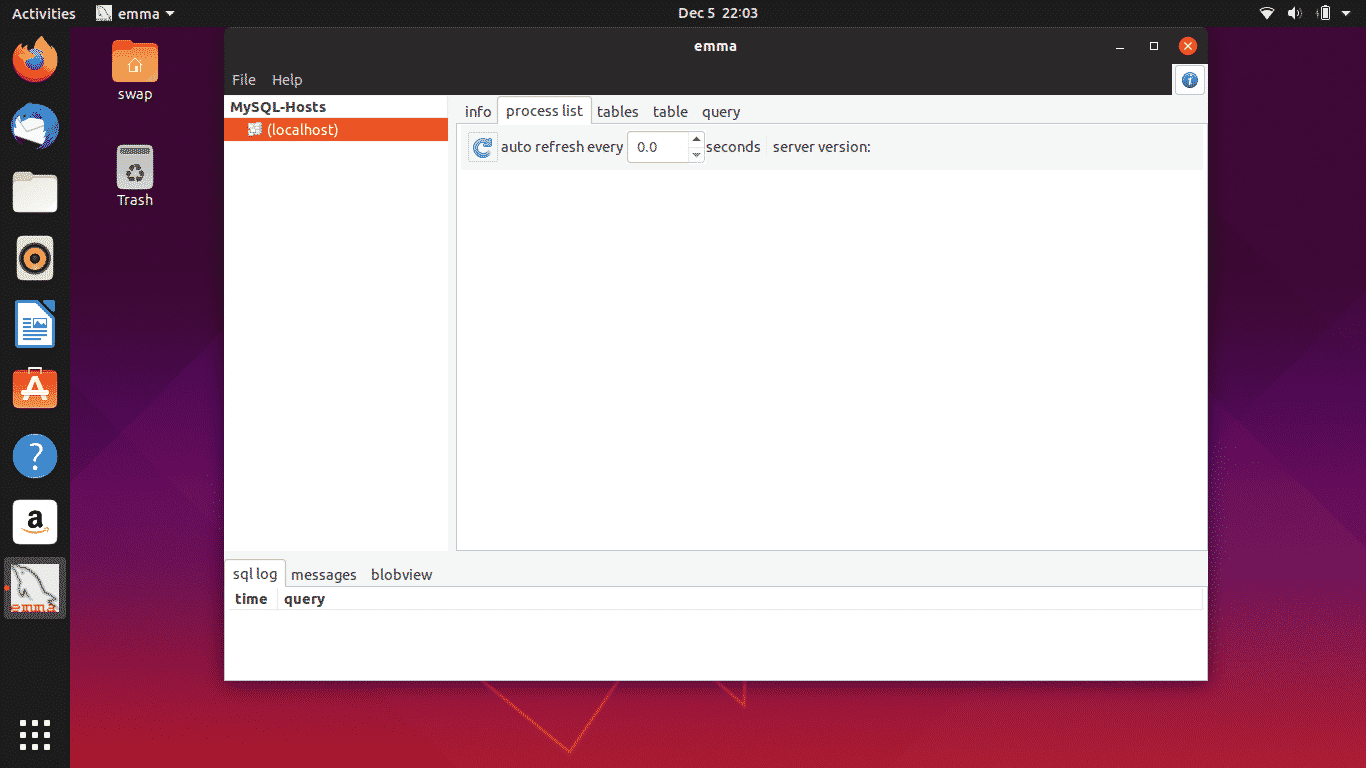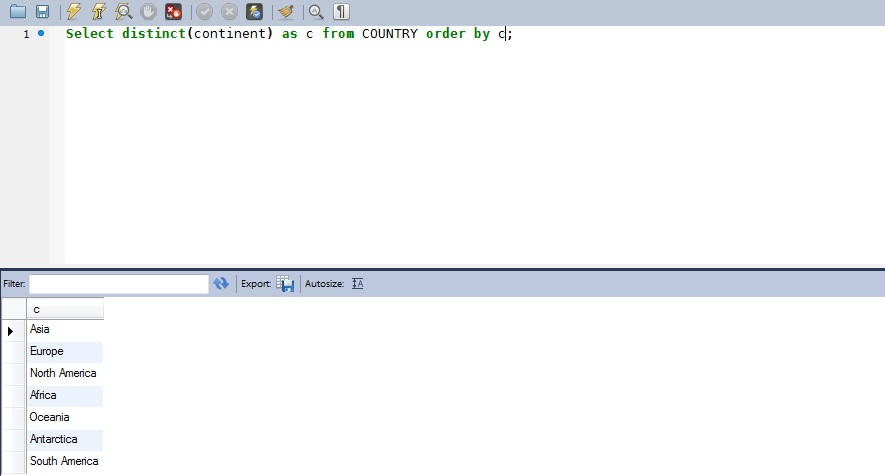
Since we are by default using Entity Framework Core, let’s open up the ApplicationDbContext.cs from the Data Folder. drop-databaseĪlso, delete the migrations folder (found inside the Data Folder), as we are going to generate a new one. Quite ugly with the ASPNET Naming convention, right? Let’s change that now. Now, there is one thing that catches the eyes of many. You can see our newly generated Identity tables here. Once that’s done, open up the SQL Server Object Explorer in Visual Studio. Open up the package manager console and type in the following.
#ENUM IN MYSQL MANAGEMENT STUDIO UPDATE#
Since everything is set up for us, let’s apply the migrations and update the database. To keep the article simple, I am going on with the local db connection. PS – You can change the connection string to that of the DBMS of your choice.
#ENUM IN MYSQL MANAGEMENT STUDIO CODE#
Rather, they decided to put all this code and HTML into the Identity DLL.

NET Core 2, Microsoft made it official that the new project scaffoldings will no longer have the auto-generated code for Identity. So, where are the view and controller located? During the announcement of. When I got started with Microsoft Identity for the first time in an ASP.NET Core 3.1 Application, the biggest confusion that hit me was, “Where are the Views/Controllers for the Identity? How does the Login page get rendered? Because there is no sign of a login page’s HTML anywhere.” I am sure that most of you have had a similar question somewhere down the line. This activates Microsoft Identity by default.

We will start off by creating a new ASP.NET Core 3.1 MVC Project with Authentication Mode selected as Individual User Accounts. Setting up the ASP.NET Core MVC Application This is exactly what we will learn in the course of this article. This includes adding Profile Pictures, UI for Role Management, Custom logic to log in to the user, and much more. But in real-time scenarios, we may need much more than what Microsoft offers by default. This is my alert about this practice can (or not) be considered recommended.Now, Identity comes with certain basic features out of the box.

In any approach, when the enumeration is recompiled, its equivalent check constraint must be recompiled, too. In this last example, a check constraint becomes more complex, but I think that is sufficient uses a between 0 (minimal value) and maximum values. That is not in this rule, targets any combination of another values. In this implementation, enumeration values that specify option must be an power of 2 number. If you browse the enum definition, you'll find that YesNoCancel is equal to sum the values of Yes, No and Cancel. Or they can beĬombinated to use two or three of them. Here, any option can be used to display just one button. The enumeration uses Yes, No or Cancel (and other values). Here, an database check constraint with only allowed values handles the restriction to use only the enumeration values.īut in some scenarios, more than one option can be used, such as the buttons shown in.

In this scenario, enum values can be just an incremented value. Lets use MartialStatus, by example - a person can only fits in one option between 'married', 'widowed' or 'single'. Simple enums uses only one option in its value definition.


 0 kommentar(er)
0 kommentar(er)
